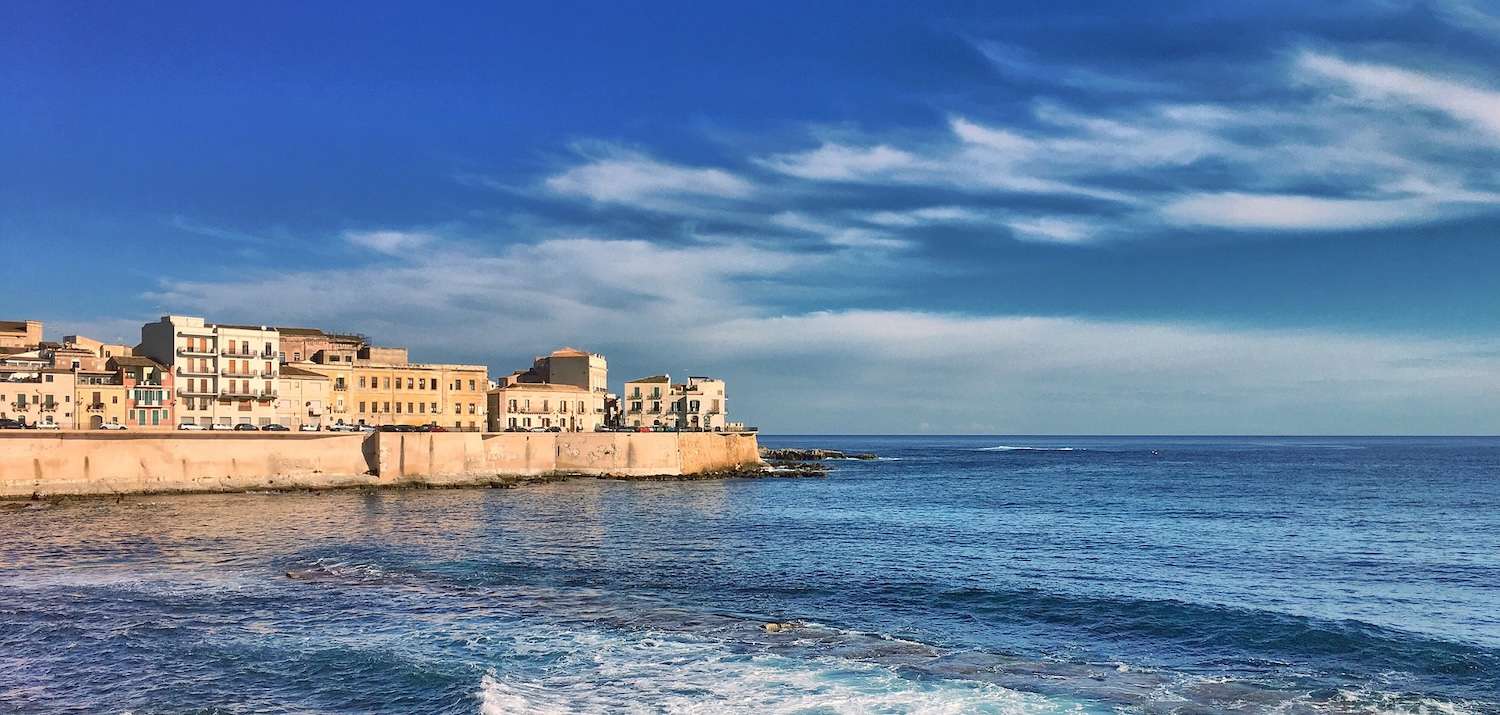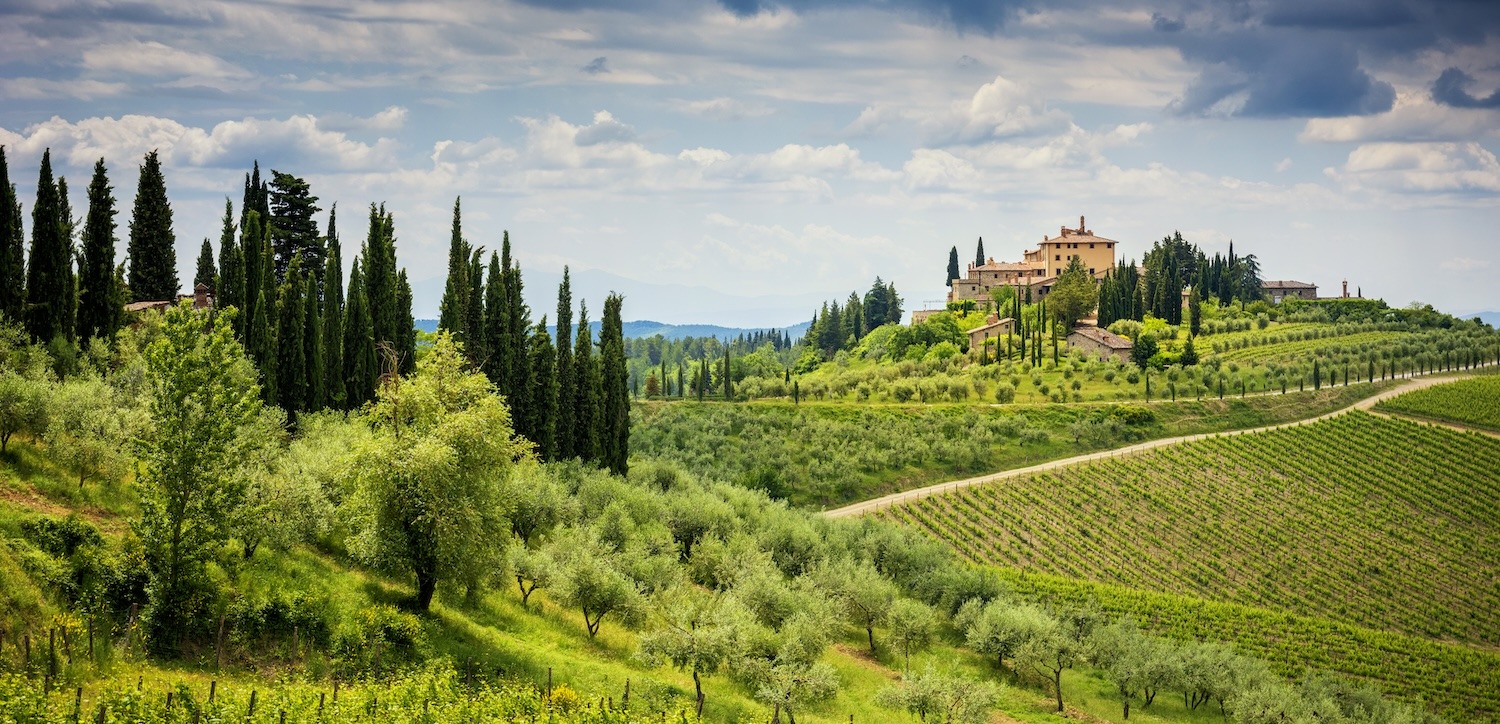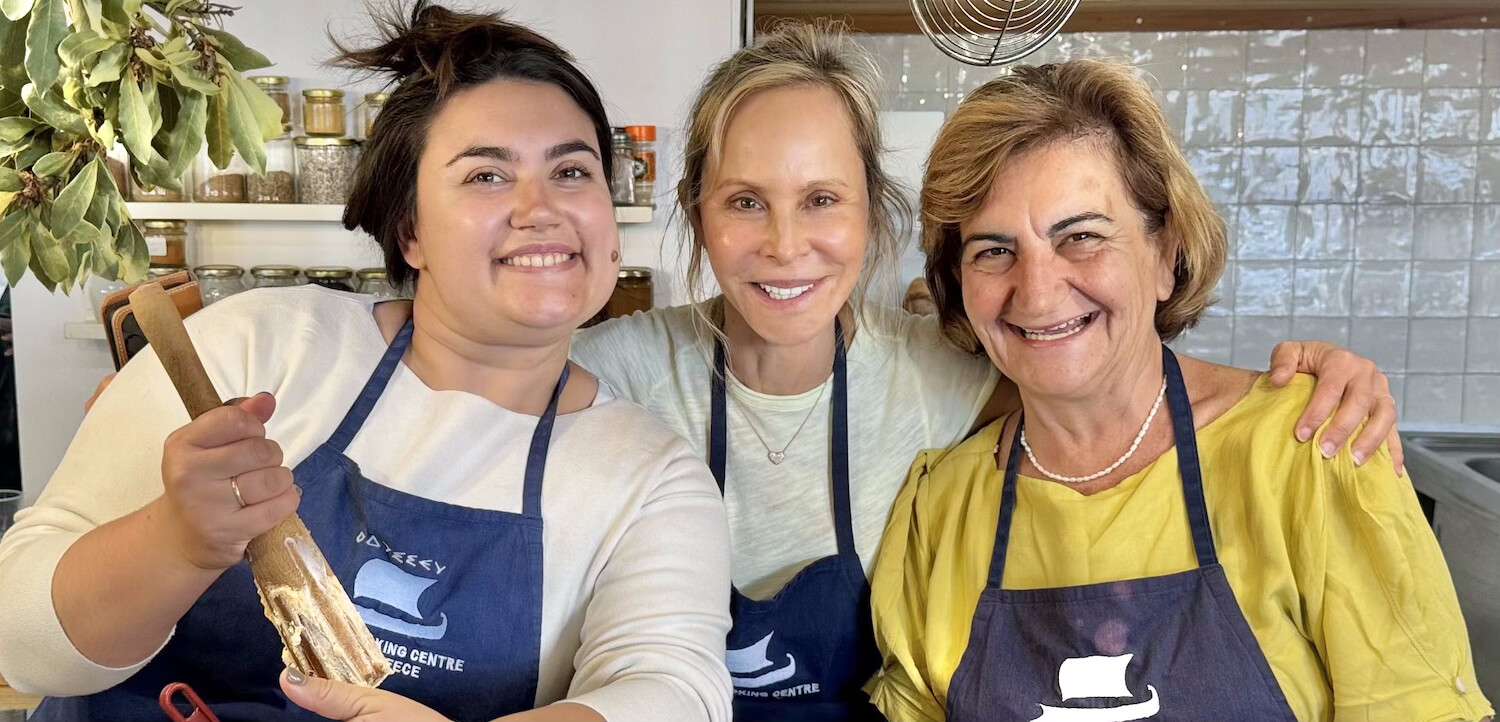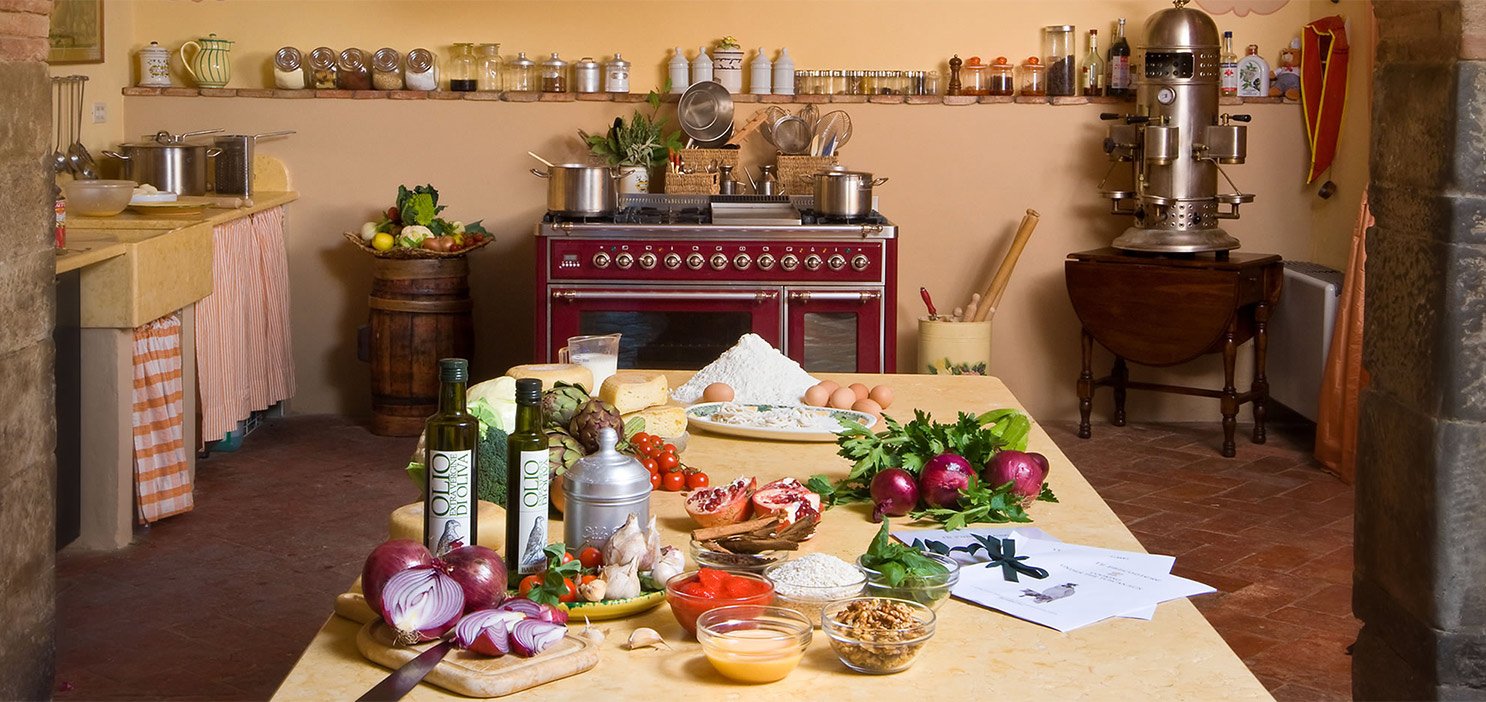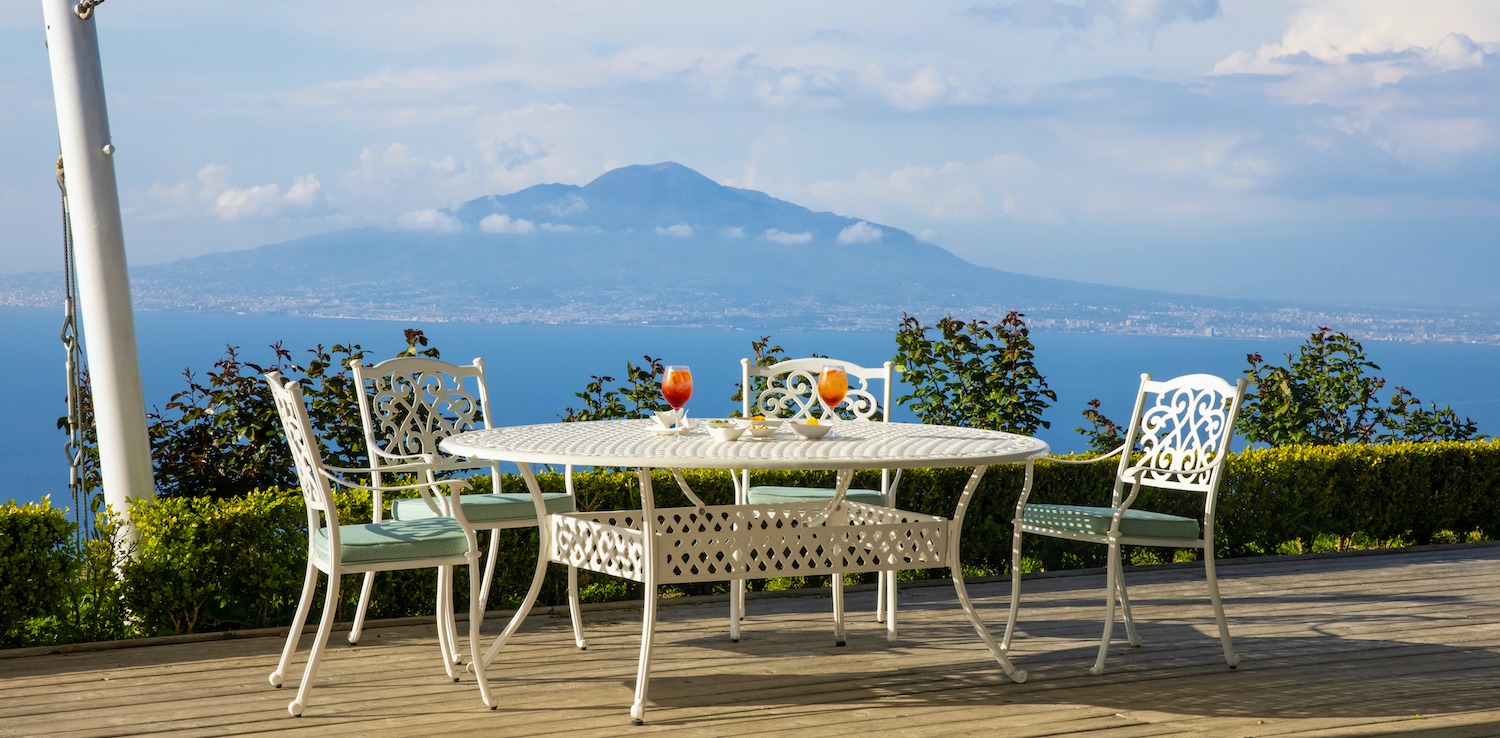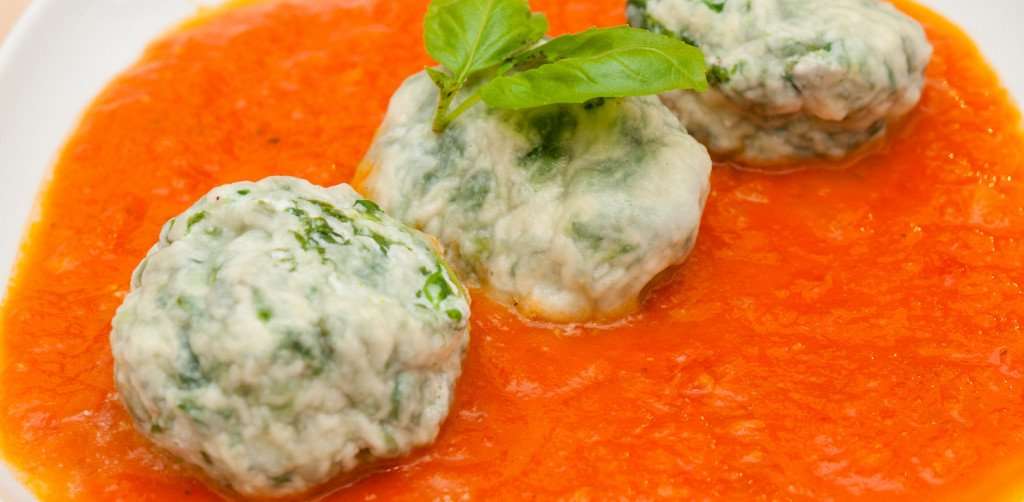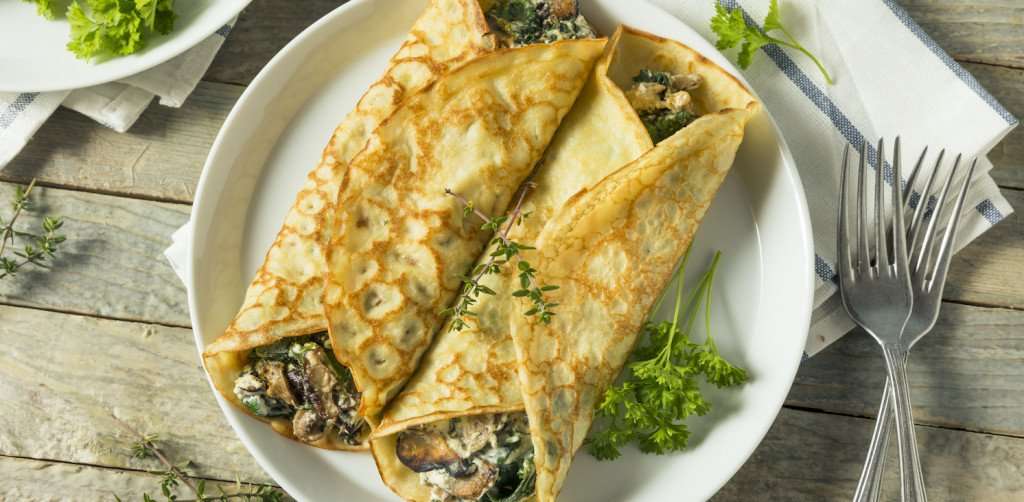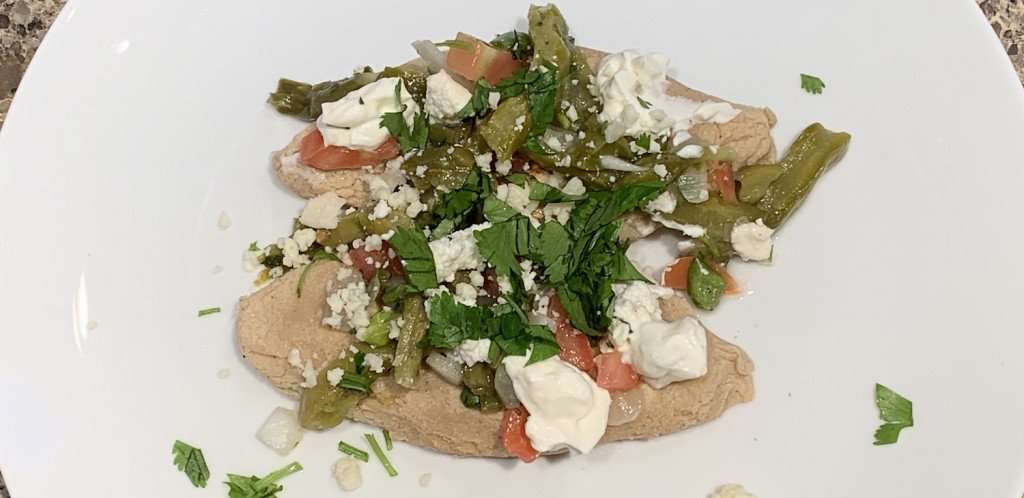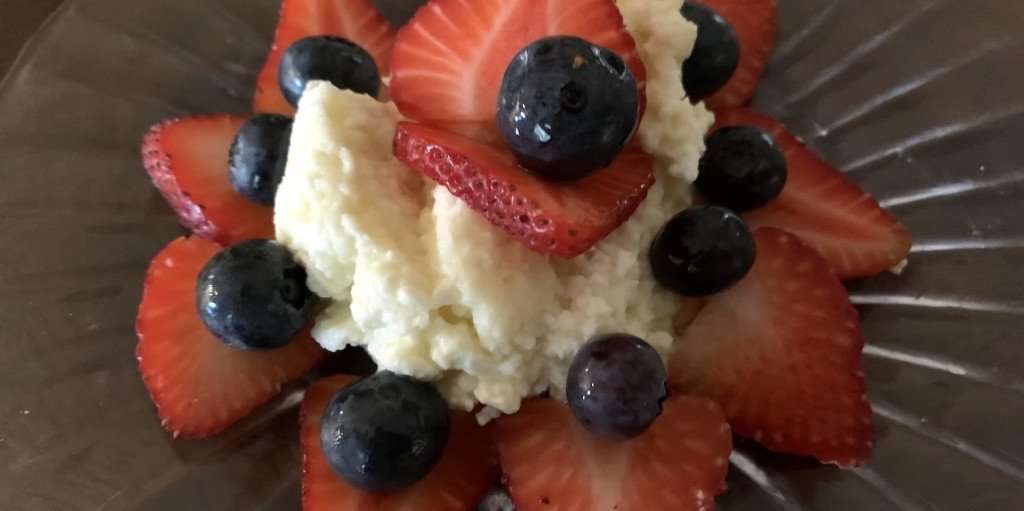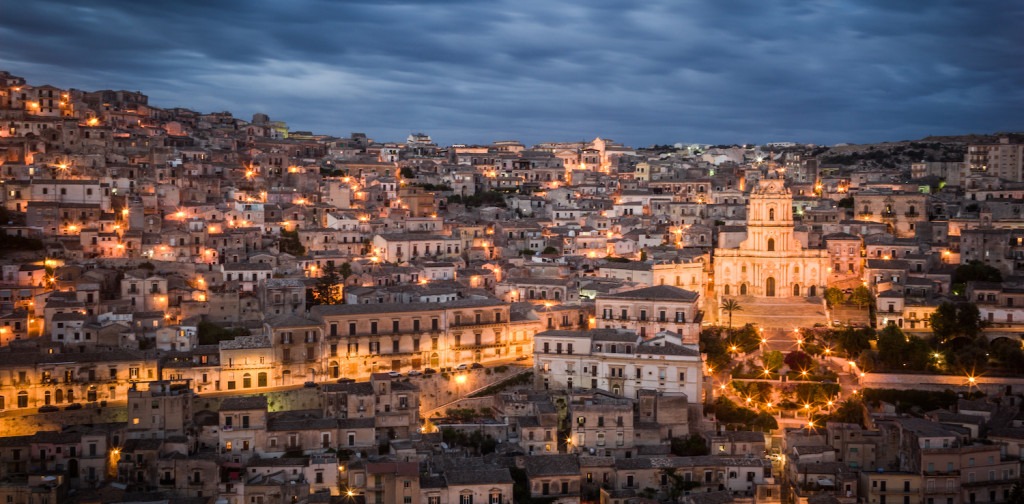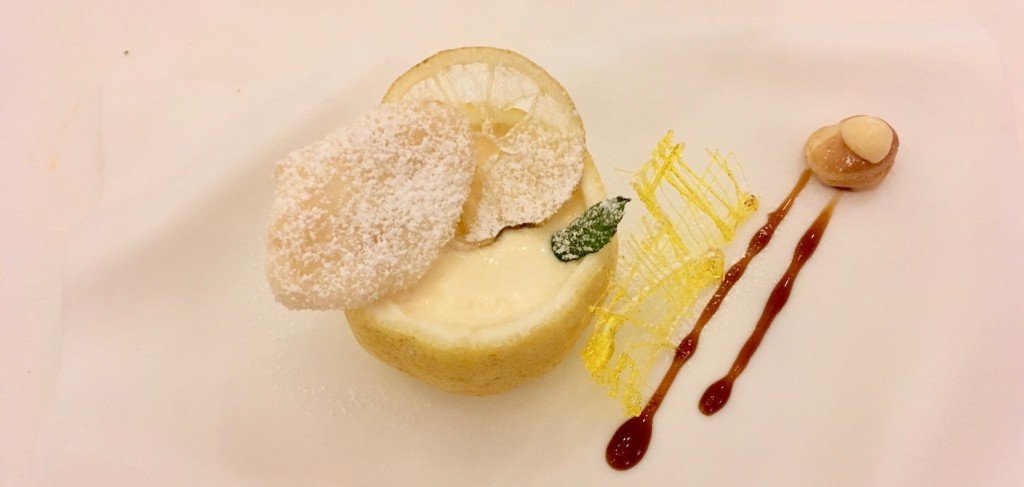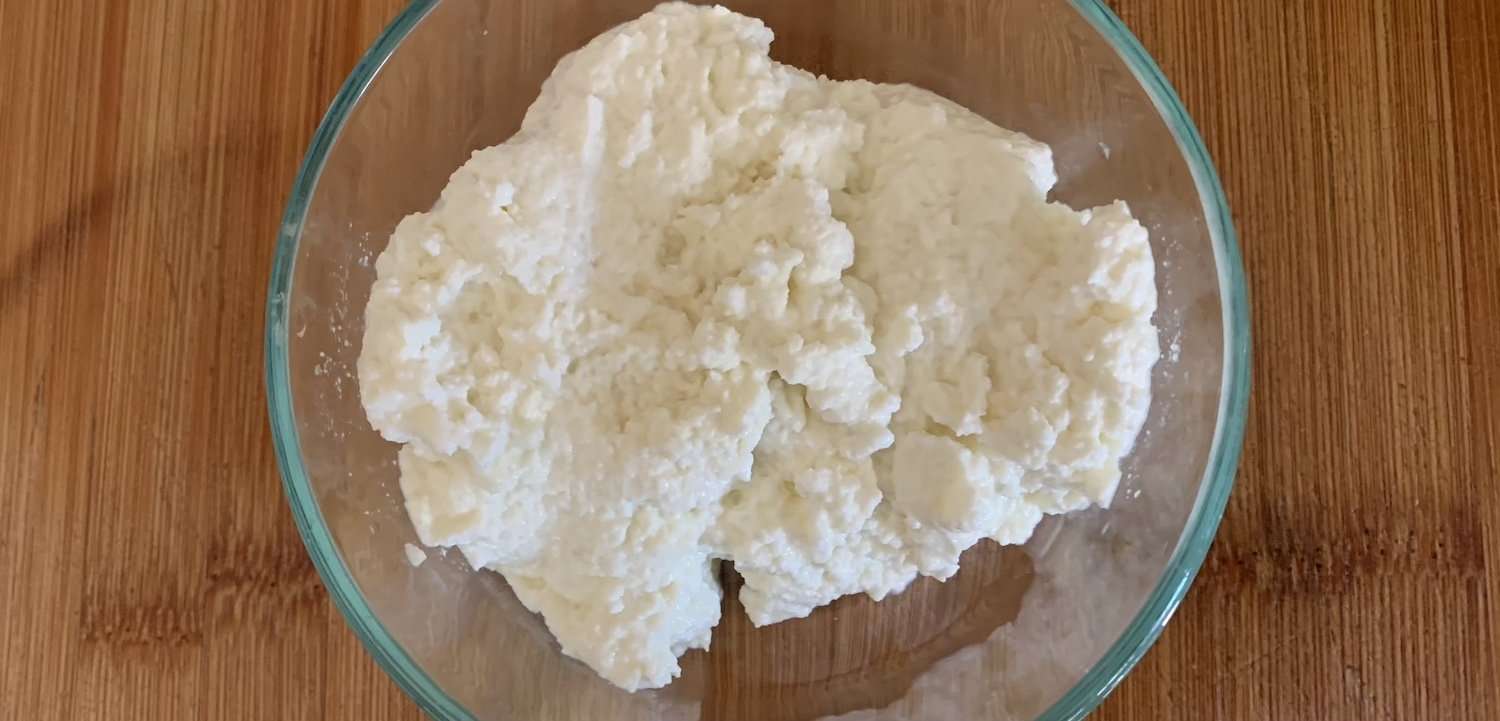
- The International Kitchen
- Recipes
- How to Make Homemade Ricotta & Making Cheese on a Cooking Vacation in Italy
How to Make Homemade Ricotta & Making Cheese on a Cooking Vacation in Italy
-
-
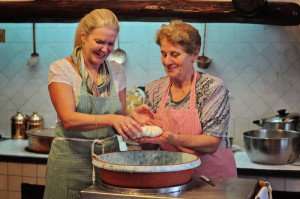 One of our culinary travelers’ favorite activities when they participate in our Italy cooking vacations is making cheese. This is not part of every itinerary: it depends on the region and the specific cooking vacation. But many of our culinary tours in Italy include cheese making, or at least a visit to see how cheese is produced.
One of our culinary travelers’ favorite activities when they participate in our Italy cooking vacations is making cheese. This is not part of every itinerary: it depends on the region and the specific cooking vacation. But many of our culinary tours in Italy include cheese making, or at least a visit to see how cheese is produced.
But did you know you can easily replicate the thrill of cheesemaking in your own home? Making homemade ricotta cheese is an easy and fun way to relive your cooking vacation in Italy!
What Exactly Is Cheese?
 Cheese is, at its most basic, coagulated milk. There are different ways to cause the coagulation. Most cheeses use rennet to cause the coagulation, and rennet-coagulated cheese in general can be aged longer and kept longer.
Cheese is, at its most basic, coagulated milk. There are different ways to cause the coagulation. Most cheeses use rennet to cause the coagulation, and rennet-coagulated cheese in general can be aged longer and kept longer.
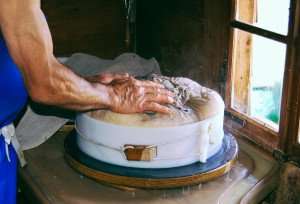 An aside: what is rennet? Rennet is a set of enzymes used in making cheese. It is most often collected from the stomach of a young, unweaned animal (usually a calf). This makes vegetarian cheese almost an oxymoron. I say “almost” because there are plant-based rennets, although they are much less common. End of lesson!
An aside: what is rennet? Rennet is a set of enzymes used in making cheese. It is most often collected from the stomach of a young, unweaned animal (usually a calf). This makes vegetarian cheese almost an oxymoron. I say “almost” because there are plant-based rennets, although they are much less common. End of lesson!
 Ricotta cheese, however, does not use rennet for the coagulation. It uses some type of acid–usually lemon juice or vinegar–to curdle the milk. Then the curds are separated from the whey through straining, and voilà! You have cheese!
Ricotta cheese, however, does not use rennet for the coagulation. It uses some type of acid–usually lemon juice or vinegar–to curdle the milk. Then the curds are separated from the whey through straining, and voilà! You have cheese!
The production of ricotta in Italy uses whey left over from making other types of cheeses, mixed with a small amount of milk. This means that a large volume of liquid is required to make ricotta. The recipe here uses whole milk, as you are unlikely to have leftover whey at home from other cheese making! But it still requires a lot of milk. This recipe calls for one quart of milk and makes about one cup of ricotta. What is left over is a yellowy liquid called whey.
Types of Ricotta
 There are a few different types of ricotta. I positively love ricotta romana, or ricotta di pecora, which is a sheep’s-milk ricotta. Ricotta salata is, as the name implies, salted, but it is also pressed and dried. You use it in such recipes as Sicilian pasta “alla norma,” if you can find it.
There are a few different types of ricotta. I positively love ricotta romana, or ricotta di pecora, which is a sheep’s-milk ricotta. Ricotta salata is, as the name implies, salted, but it is also pressed and dried. You use it in such recipes as Sicilian pasta “alla norma,” if you can find it.
In parts of Latin America there is a similar type of cheese called requesón. It has a slightly more fruity taste, but is extremely similar to ricotta. You will find it in Mexico and in Puerto Rico.
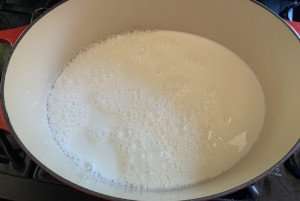 A few tips:
A few tips:
- you can use any type of milk (cow, goat, sheep) but make sure it is not ultra-pasteurized, as the high heat of that process messes up the coagulation
- when you add the acid to the hot milk, give it one quick stir, then leave it be, do not keep stirring it
- you can salt the milk when you heat it, but I prefer to salt the ricotta once it’s made because it is easier to control the saltiness of the final product, and because then the whey that is left over is not salty
- you will have a lot of leftover liquid, the whey, when you are done. Don’t through it out! It’s great when used to make crepes, pancakes, or waffles, biscuits, and enriched breads. It has a slight sourness to it, like buttermilk. So whatever you would use buttermilk for you can try substituting your whey.
Recipe for Recipe for Homemade Ricotta Cheese
-
-
-
-
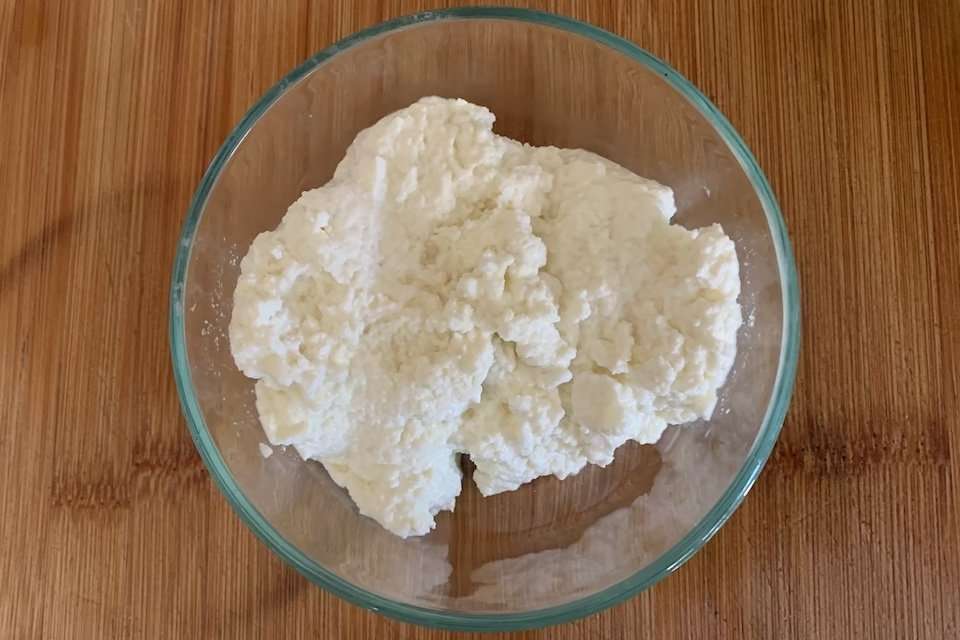
Ingredients
- 1 quart whole milk (not ultra-pasteurized)
- 1/4 cup white vinegar or lemon juice
- salt to taste
Instructions
- Line a large fine mesh sieve with cheese cloth. Place over a large heat-proof bowl and set aside.
- Heat the milk in a large enamel or stainless steel pot. Bring just to a full boil, being careful not to let it boil over. Turn off the heat and add the lemon juice or vinegar. Give it one stir only, then allow the mixture to stand for a few minutes. Do NOT keep stirring it.
- Pour the mixture into the sieve and let it strain for 20 to 30 minutes, removing the liquid from the bowl as needed to make sure it’s straining properly (save the liquid whey for other uses). The longer you let the ricotta strain, the more dense the ricotta will be.
- Transfer the ricotta to a bowl and season with salt to taste. Cover and refrigerate, or use immediately.
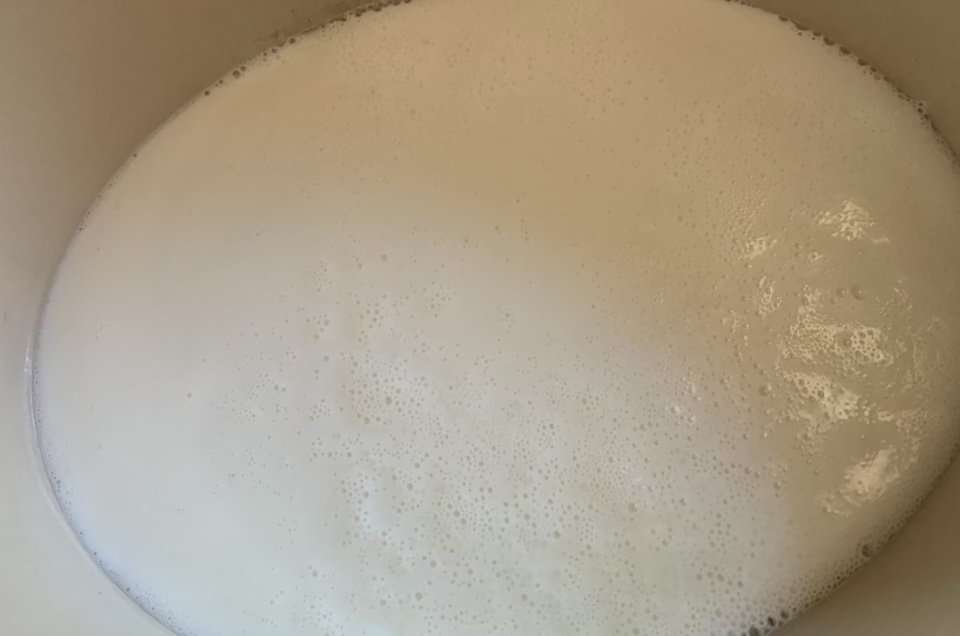
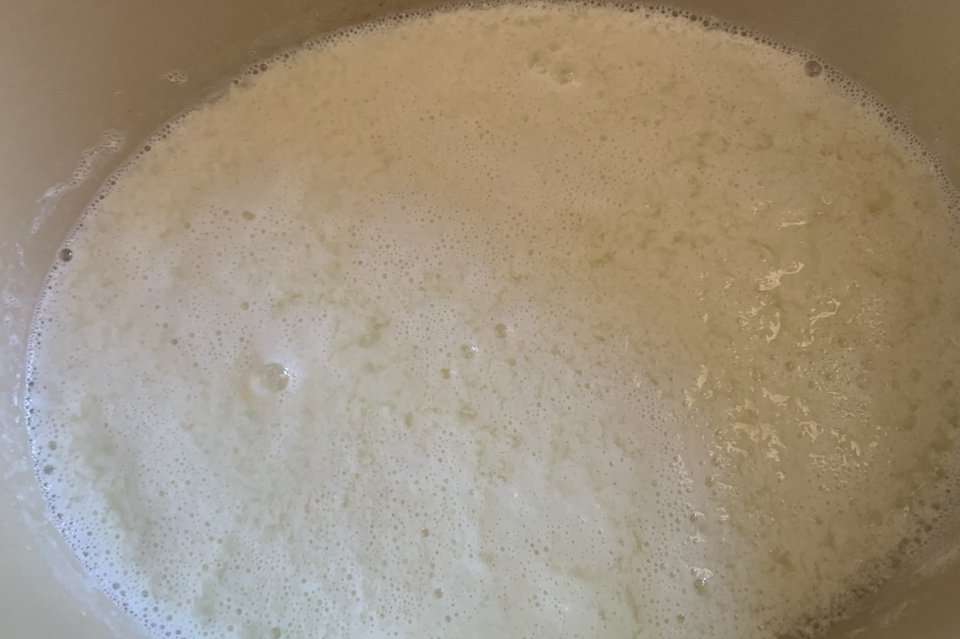
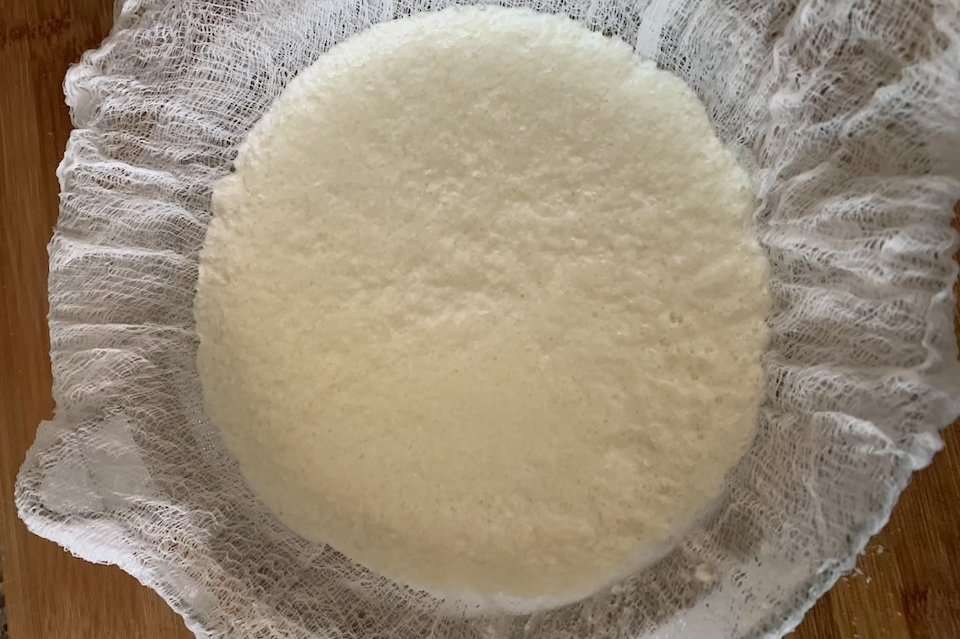
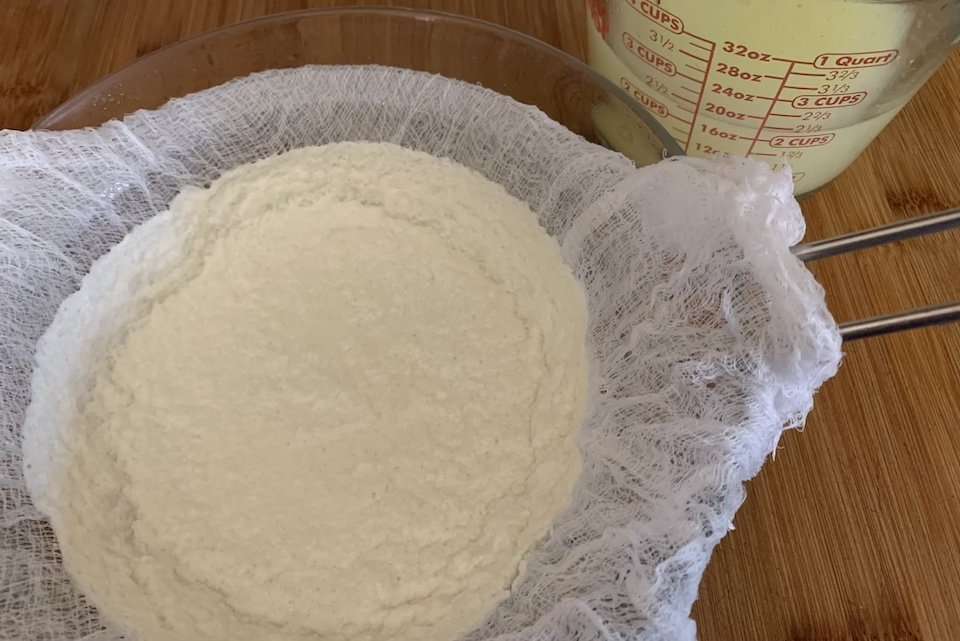
Sign up to Receive Our Newsletter
As well as travel tips, promotions, and information on our best cooking vacations.

recipes
Related Recipes
blog

